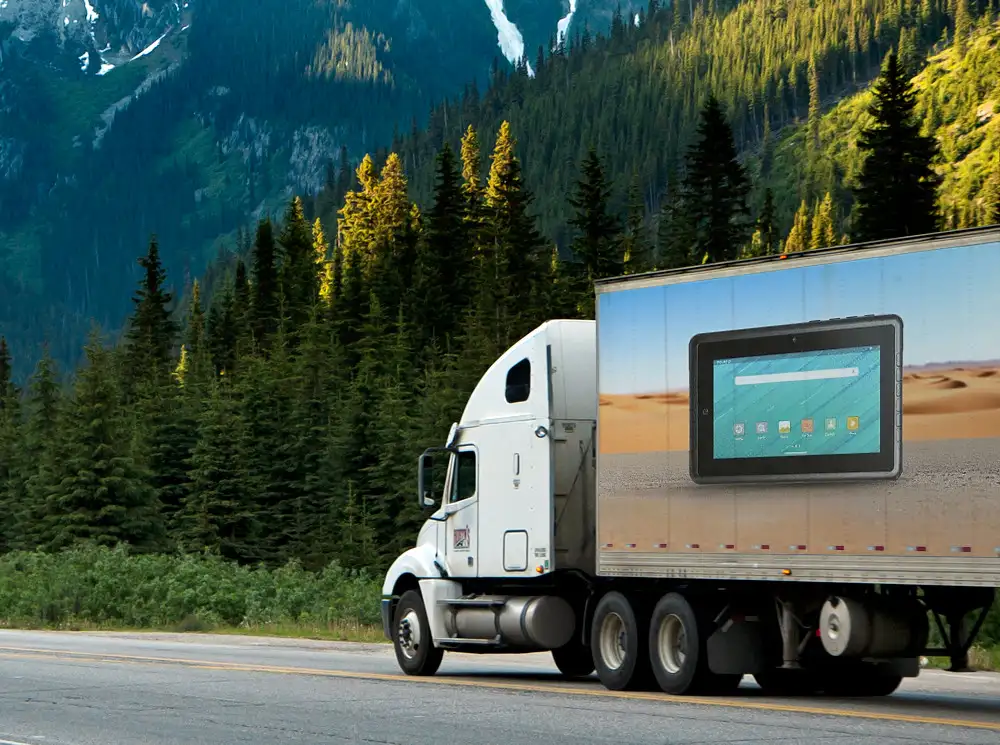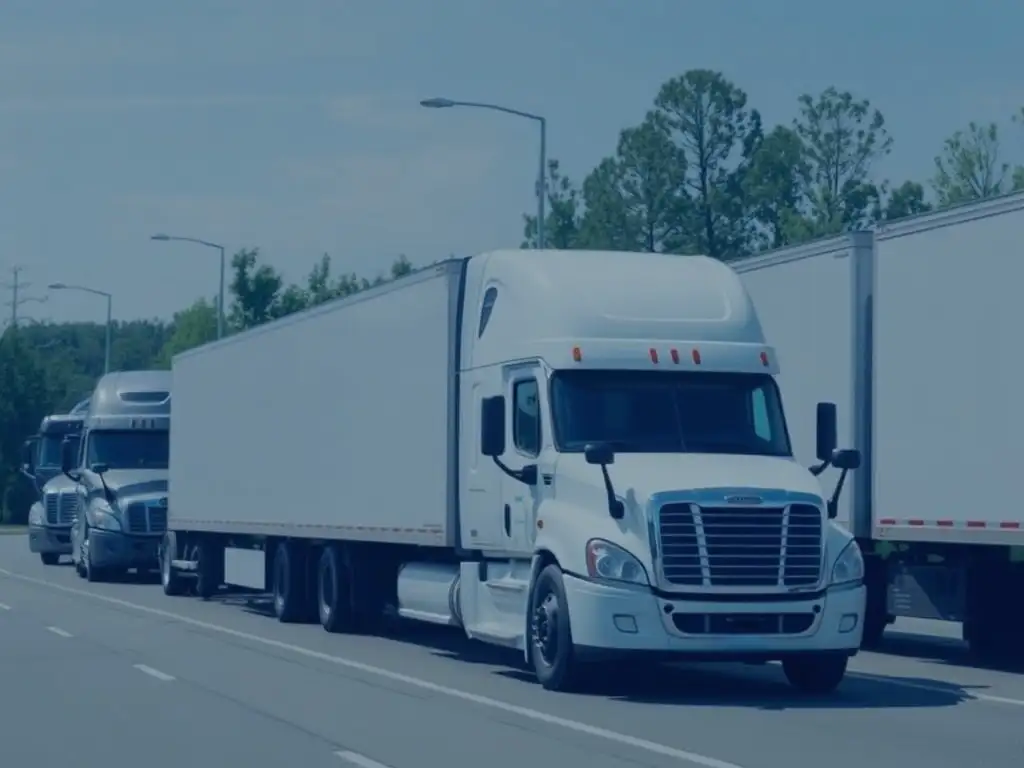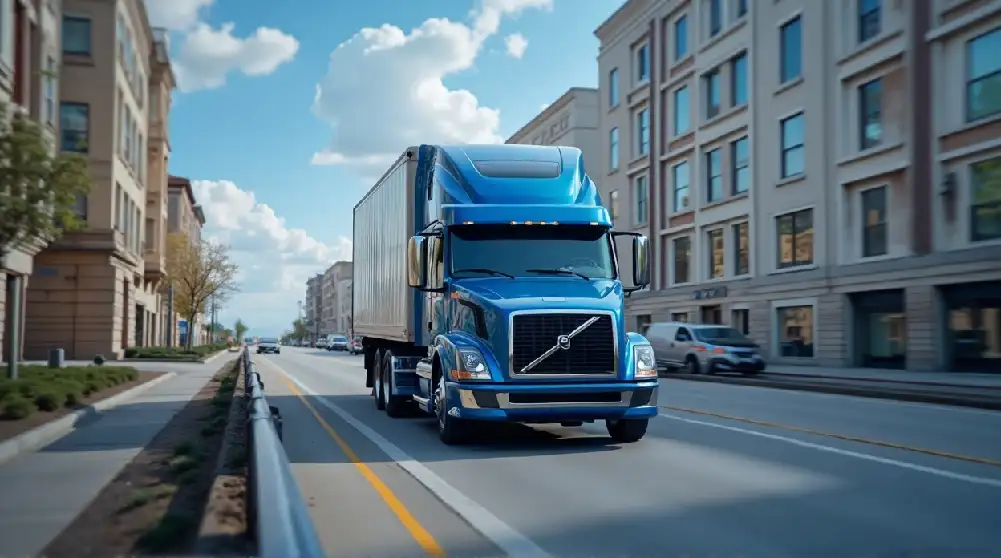Elevating Fleet Operations: An Expert Overview
In 2025, the best fleet management systems combine real-time visibility, predictive analytics, and safety automation to keep vehicles productive, drivers compliant, and costs under control. Below is a comprehensive, data-rich comparison of leading solutions for logistics, delivery, construction, and service fleets.

1. Leading Providers in Fleet Management Software — 2025
Samsara
A standout leader featuring immersive dashboards, real-time vehicle location, dynamic route optimization, vehicle diagnostics, and AI-driven video driver coaching. Its user-friendly interface makes it ideal for remote management and scalability.
Verizon Connect
Offers integrated GPS tracking, maintenance scheduling, and driver safety monitoring. Particularly valuable for large logistic fleets requiring comprehensive visibility and data-driven operational control.
Fleetio
Hailed for exceptional efficiency in construction fleets, Fleetio delivers maintenance workflows, mileage tracking, alerts, and route planning — all within a unified platform.
AUTOsist
A streamlined maintenance management tool featuring GPS integration and safety camera support—praised for simplicity and ideal for trucking operations.
Azuga
Delivers comprehensive fleet optimization and safety tools, enhanced by gamified driver reward systems that promote better behavior and compliance.
Geotab
Well-known for fuel monitoring, route refinement, and a strong compliance backbone—Geotab’s fleet analytics and tracking capabilities are widely utilized across public and private sectors.
Teletrac Navman
Provides cloud-based GPS tracking, regulatory compliance modules (HOS, ELD, DVIR), safety analytics, and dashcam integration—strong for demanding, regulated fleets.
Motive (formerly KeepTruckin)
Rated highly among users for features such as live GPS, smart dashcams, ELD compliance, dispatch tools, and maintenance alerts — ideal for long-haul and trucking-specific operations.
ClearPathGPS
Highly praised for its real-time GPS tracking, clean customizable dashboards, and user-centric interface — great for small to mid-sized fleets looking for simplicity and transparency.
One Step GPS
Entry-level solution offered at an affordable flat rate (~$13.95/month), with web-based tracking and real-time updates—highly recommended for budget-conscious operations.

2. Key Features Defining Tomorrow’s Fleet Management Systems
- Real-Time GPS & Geofencing — Essential for location tracking and zone-based alerts.
- Route Optimization — Powered by AI and traffic data to reduce fuel consumption and improve delivery times.
- Advanced Maintenance Automation — Preventive care scheduling, inspection workflows, and alerts reduce downtime.
- Driver Behavior Monitoring — Telematics and video coaching for safer, more compliant driving.
- Fuel & Emissions Management — Real-time consumption tracking and efficiency analytics.
- Compliance Modules — Tools supporting HOS, ELD, DVIR reporting and more.
- Analytics & Reporting Dashboards — Actionable insights into fleet performance and trends.
- Mobile-Ready Interfaces — Fleet management on-the-go for dispatchers and drivers.
- Integration Capabilities — Seamless API linkages with CRM, payroll, maintenance, and accounting tools.
3. Pricing & Market Insights
| Software | Typical Price Per Vehicle/Month | Ideal Use Case |
|---|---|---|
| Samsara, Azuga, Teletrac Navman | $20–$35 | Medium to large fleets |
| Geotab, Fleetio, One Step GPS | $14–$25 | Mid-tier fleets |
| Entry-level Solutions | $13.95+ | Budget-sensitive operations |

4. Choosing the Right Software — A Strategic Roadmap
Fleet management pricing generally spans $20 to $150 per vehicle per month, depending on feature depth and hardware needs.
- Assess Fleet Profile
Size, industry (e.g. construction, delivery, public transport), compliance requirements, technology maturity, and budget. - Prioritize Critical Functionality
Speed, safety, maintenance, compliance, and integration. Match your core needs with provider strengths. - Request Demos & Pilot Test
Validate performance, ease-of-use, mobile readiness, and support responsiveness. - Evaluate for Scalability
Ensure the software can adapt to fleet growth, advanced analytics needs, and future tech (e.g., IoT or autonomous vehicles).
5. Strategic Summary — Our Top Recommendations
- Best Comprehensive Suites: Samsara, Verizon Connect, Geotab
- Best for Construction & Maintenance Focus: Fleetio, AUTOsist
- Best for Safety-Gamification: Azuga
- Best for Small Fleets / Simplicity: ClearPathGPS, One Step GPS
- Best for Trucking/Regulated Fleets: Motive, Teletrac Navman
Mermaid Diagram Suggestion
With extensive coverage of standout providers, feature breakdowns, real-world pricing, and practical guidance, this article positions itself as the definitive 2025 resource for businesses seeking top-tier fleet management solutions.
Let us know if you want deeper comparisons within a particular industry or a tailored shortlist based on fleet size and regulatory environment.
We are a hardware device vendor of rugged driver tablet for fleet management & intelligent public transportation etc. If you have any inquiry related to hardware solutions, please contact me.

评论
发表评论